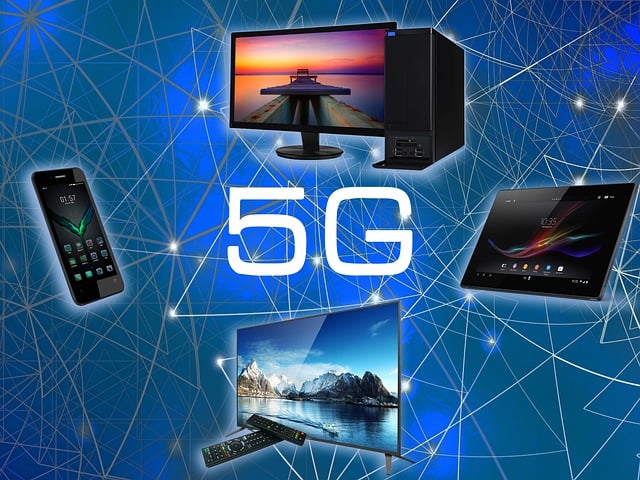5G technology is being used in the computing space in several ways:
1. Edge computing: 5G enables edge computing by providing high bandwidth and low latency connectivity between devices and edge data centers. By processing data at the edge, edge computing reduces latency, improves security, and supports new applications. Many cloud providers like AWS and Azure offer 5G edge computing services.
2. Cloud gaming: 5G provides the fast speeds, low latency, and connectivity required for cloud gaming services like Google Stadia, GeForce Now, and Microsoft xCloud. These services stream high-end games to smartphones, tablets, and other devices over the 5G network.
3. Augmented and virtual reality: 5G is critical for delivering immersive AR and VR experiences. Its high bandwidth, low latency, and edge computing capabilities can support services like multi-player AR gaming, live sports streaming in VR, and remote collaboration using AR glasses.
4. High-performance computing: 5G connectivity between devices and high-performance computing systems enables new capabilities like autonomous driving, intelligent robotics, smart cities, and precision agriculture. By linking HPC platforms with sensors and instruments over 5G, these technologies can achieve real-time data processing and intelligent control.
Some of the specific technologies that leverage 5G include:
• Multi-access edge computing (MEC): Providing cloud computing capabilities at the edge of the 5G network.
• Network slicing: Allocating dedicated virtual networks for compute-intensive applications.
• Service-based architecture (SBA): Enabling modular and flexible deployment of new edge and computing services.
• Orchestration and automation: Managing resources across multi-domain, multi-layer, and multi-vendor platforms.
• Virtual reality (VR) and augmented reality (AR): Relying on 5G for untethered, immersive experiences with high data throughput and minimal latency.
• Artificial intelligence (AI): Applying machine learning and AI to 5G networks and systems for innovative capabilities like intelligent connectivity, predictive maintenance, and automated optimization.
So in summary, 5G is enabling new computing paradigms like edge computing and cloud gaming as well as enhancing technologies such as AR/VR, HPC, and AI. The convergence of 5G and computing will drive future infrastructure and applications. But more work is still needed in areas like standards, security, and ecosystem development.






